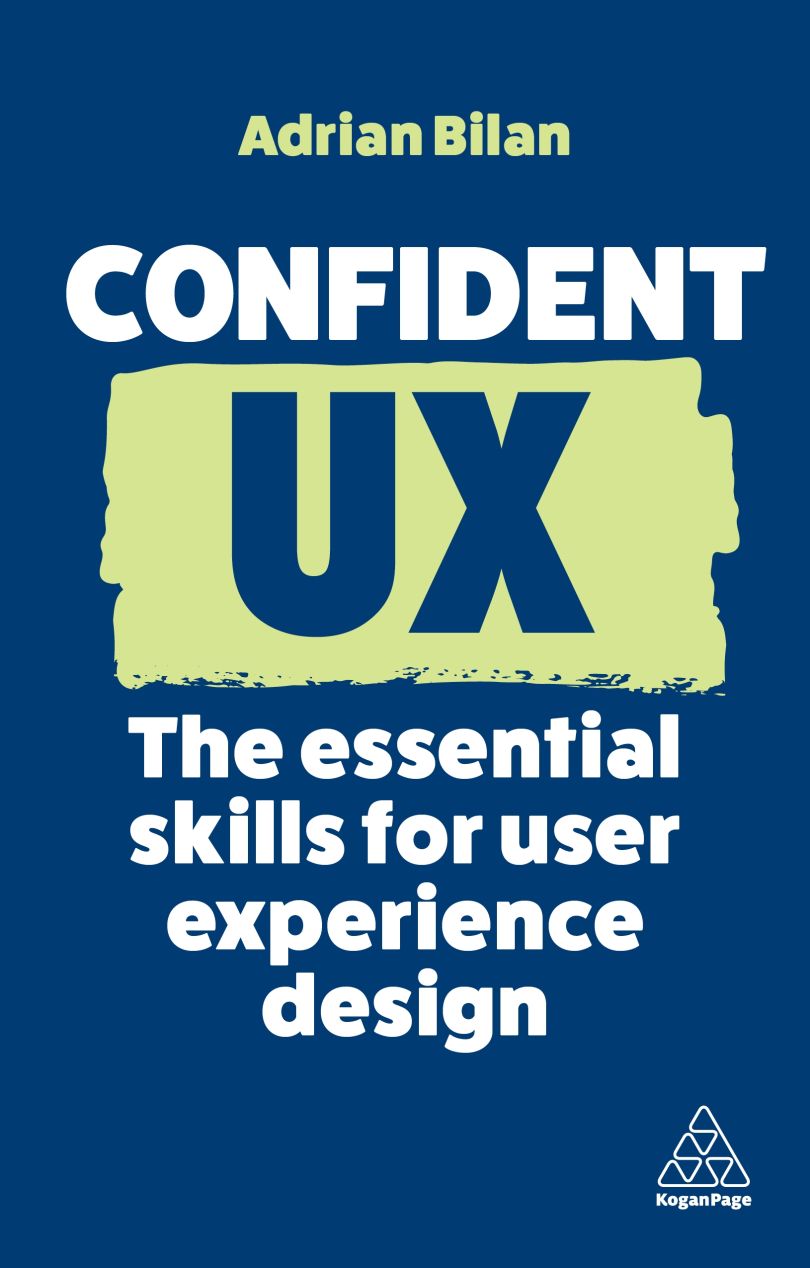Each day, new and innovative solutions are being developed that have the potential to reshape the way we live and think about work. From artificial intelligence to virtual reality and extended reality, these emerging technologies are revolutionizing industries across the globe.
These new technologies will change how UX designers create experiences, how users interact with products and how businesses interact with customers.
What are the 4 core principles of UX design?
- User centricity.
- Accessibility.
- Usability.
- Consistency.
Artificial Intelligence and UX
Perhaps the biggest theme these days in terms of emerging technologies is AI, and its implications for the discipline of user experience are considerable. AI technologies such as language models, natural language processing, computer vision, generative adversarial networks, etc. are all set to shake up how we design and interact with digital products in the future.
As a UX designer, you will need to be ready and embrace these changes if you want to future-proof your skills and remain relevant in the job market. AI technologies will enable smarter, more personalized interactions with users, voice interfaces will become more ubiquitous and easier to use, and virtual/augmented reality may just be the future of how we interact with digital products.
One thing will not change, though: The core principles of UX will still be the same no matter the technology we use or design for — user centricity, accessibility, usability, and consistency will still form the backbone of every great design. No matter what the target output is, it always pays off to start from the basics, and that is a timeless strategy. So, while you do need to learn and adapt, remember that human nature is less likely to change over time. Use that knowledge to design the best possible user experiences that are adapted to the current realities in terms of technology.
Internet of Things and UX
The Internet of Things is another good example which has the potential to revolutionize how we interact with both physical and digital products, making them smarter and more connected to our everyday life. Devices like wearable health monitors, smart thermostats, home security cameras, smart lighting systems and smart home assistant speakers have become part of our daily routines.
UX will be crucial in this domain because it is necessary to map out and understand how the entire system works together as a single user experience. An individual sensor can automatically gather information, can send that data to a device, and then an application installed on that device can analyze all data gathered from many other sources and even cross-link with other devices. All this paints a very complex picture, but in fact what matters the most is final user experience.
Who are we using this technology for? What are their goals, and what type of information do they need, and presented in what form? All questions you are familiar with by now. All questions answered by UX.
Virtual Reality and UX
As virtual reality technology continues to evolve, UX designers must be prepared for how this will affect users interacting with products and services. By using AR/VR/XR technologies, UX designers can create more immersive experiences that take advantage of the potential of these new ways of interacting. Similarly, the concept of metaverse is beginning to take shape, and users will be able to shape their own virtual environments and interact with others in an entirely unique way. Again, the key principles of UX will be preserved — users first.
As a UX designer, you’ll need to think about how these technologies can be used to create better experiences for users. Will users be able to interact with products simply by talking to them? Will they need to learn an entirely new way of interacting with physical objects, or will the interaction remain essentially the same but perhaps the way of processing that interaction will be different? All these questions and more must be taken into account when thinking about how UX can use these new technologies.
Will AI Eventually Replace Me?
For a long time, AI has been this abstract concept that we’ve only seen in movies or read about in the latest sci-fi novel. We’ve all heard about it, and read about it, but it was always this distant thing. This made it almost impossible for people to understand it, particularly for those that are not domain experts (so, most of us). But then, something magical happened.
AI really opened up for the first time and started to touch our day-to-day lives. Wherever it was the latest self-driving Tesla car or a new OpenAI language model, or the latest image generation AI, they took the world by storm, and it kind of happened overnight. Yes, the development of AI technology took many, many years, but its adoption happened in an instant. Partly because it was something new, and humans are, by nature, explorers, so they wanted to try out this shiny new thing, but also partly because user experience is now a mature discipline, and the way these tools were presented to the user this time was done by taking advantage of solid UX principles.

It was probably the first time that innovators weren’t presenting the world with a technology, but were presenting the world with a new experience. The paradigm has shifted from “Let me explain to you what AI is” to “How would you feel about talking to AI right now?”
The experience of enjoying the ride at the wheel without actually needing to drive, or the experience of asking AI questions, or generating images from a text prompt, was made available to the public for the first time, and this changed everything.
But, back to where we started. Is AI going to replace you? Is UX a safe job? Or will we have AI-generating user interfaces faster and better than we could ever do? To answer that, think about what design is at its core. Design is about problem-solving and creating delightful experiences for people. I would argue that AI can help us become even better designers by giving us time back through completing any repetitive tasks and mundane work for us. That time can now be spent on the things we’re even better at, like activities that require creativity and lateral thinking.
So, no, I don’t think AI is going to replace UX designers, or any other job that requires creativity, anytime soon. Ultimately, AI is just a tool. AI was not designed to replace us, it was designed to enhance the way we interact with the surrounding world by evolving the way we learn, work or have fun.
Don’t worry, design is here to stay.
This extract is from Confident UX by Adrian Bilan ©2023 and is reproduced and adapted with permission from Kogan Page Ltd. Uncover the fundamentals of UX design and development and discover the skills you need for achieving success in this fascinating discipline in Confident UX.





